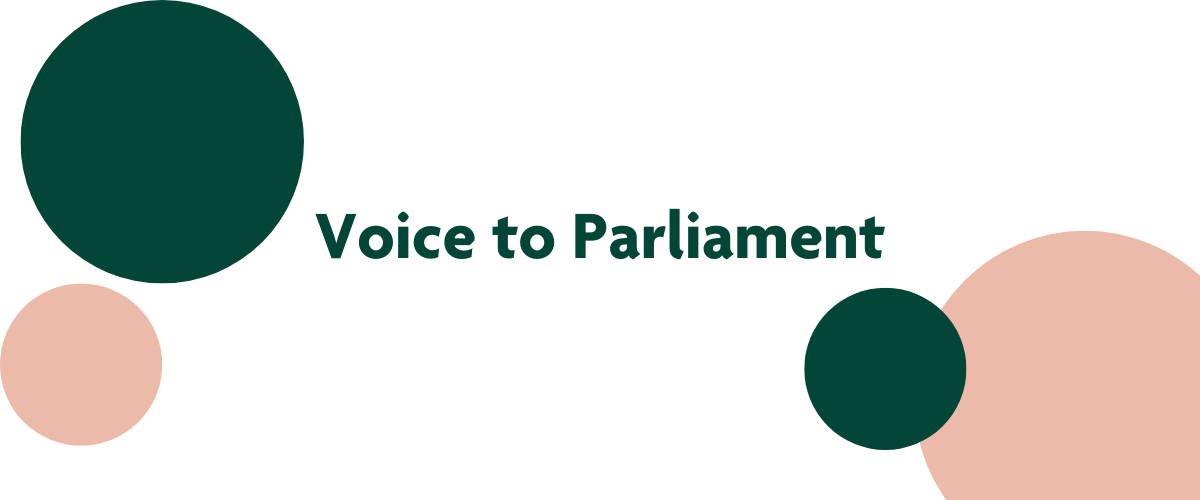International Women’s Day has always been important to me. As a young Victorian Public Sector graduate, it was the first time I was in the company of so many people thinking of practical ways to make a difference.
Over the years I’ve been at many IWD events, listening to and learning from women of all ages. It seems fitting that this year the United Nation’s theme for International Women’s Day is Generation Equality – Realising women’s rights.
It’s a call to action to create a world where every girl and woman has equal access to opportunities. Despite years thinking about the gaps, we’re still not bridging them and it’s time to genuinely think about why.
At Cube Group, we work across a range of sectors in policy reform, service design and evaluation. Over the last few years, we have noticed a trend affecting women across Australia.
There’s a gap in public policy, funding and services between prevention and crisis response known as the missing middle. And it disproportionately affects women.
The missing middle covers a range of areas, but mental health, family violence, justice, homelessness and health present some of the largest gaps to vulnerable women.
While each have their own characteristics, there are two clear themes that we have seen that significantly impact women.
The first and most prevalent of these is financial insecurity. We’ve all heard about the gender pay gap, increasing casualisation of the workforce and the disproportionate amount of part-time jobs held by women.
And while it’s of huge importance at an individual level, at a system level it is one of the primary reasons behind women’s increasing vulnerability to significant social issues such as homelessness, ongoing family violence and lack of access to the legal system. Financial security can provide autonomy, independence or an escape route. It is not the cause of these issues, but it is a big part of why women are particularly vulnerable.
The second important feature is that none of these issues are isolated.
They are complex and often inter-related. They cross policies, sectors and organisational boundaries and cannot be solved in a silo. That’s where IWD comes in.
This Tuesday we hosted an event with an incredible group of people from the government, not-for-profit, academic and service delivery sectors. Everyone had a lived experience with the missing middle and came to share their ideas.
To help us better understand the missing middle, we had two highly respected and incredible speakers.
Professor Bernadette McSherry, the Foundation Director of the Melbourne Social Equity Institute and a Professor of Law at the University of Melbourne. She is alsoa Commissioner with the Victorian Law Reform Commission and the Royal Commission into Victoria’s Mental Health System.[LM1]
Associate Professor Becky Batagol works with the Monash Faculty of Law and the Monash Sustainable Development Institute. She has a raft of specialisations, but her passion is in gender equality, family violence and the justice system.
To do things differently, following their speeches all the attendees participated in round-table discussions sharing ideas, lessons and experiences.
What really resonated with over the morning was how women are particularly vulnerable to a change in circumstances such as divorce, separation, illness or job loss. – and that the lack of funding, services and policies for women at risk, means women’s vulnerability rapidly escalates, moving them into crisis services that they may not have needed if our service system was more comprehensive and covered the full spectrum from prevention, through to genuine early intervention and crisis response.
The other thing is was how important is to understand the people affected and how they have ended up in these circumstances. They are not there because of any fault of their own. We are working with a system that makes assumptions based on an ideal world rather than reality.
It is our responsibility to understand the system we have created and how that system creates and further embeds disadvantage. We need to focus on the individual experience of the system if we really want to know what is happening, who is missing and how to create lasting change.
As part of that, we need to think about who is missing from the funding programs, the services being delivered or the policies being developed. These often invisible people make up the missing middle. All services come across people who are at risk of offending, homelessness and family violence, but there’s no shared understanding of what we can do to mitigate risks rather than a crisis.
It was fitting that we hosted these conversations in the Long Room at Melbourne’s Immigration Museum. This is a place where big decisions about our current economic system were made, with almost all of these decisions made by men. Some of the systems we are dealing with today were created back then. So this IWD, we sat in this beautiful room discussing how we can improve opportunities for all women and help decrease their exposure to change. Our vision is that by next year we are talking about programs aimed at the missing middle that have started to make an impact – and make women visible and less vulnerable members of our society.
Everyone is in a position to create change on a broad scale.
Janet Galpin, who welcomed us to country on behalf of the Boon Wurrung Foundation, said she felt heartened by the different generations in the room and that they won’t take no for an answer.
We’re bringing together the great ideas developed through our event and sharing them with attendees so that the things we discussed can continue to live on over the rest of the year and become part of an every day conversation.







